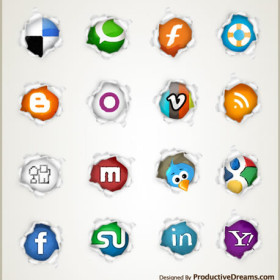 We’re in uncharted territory. Digital devices have changed the very essence of how we communicate, as most recently demonstrated by the deadly bombings during the 2013 annual Boston Marathon.
We’re in uncharted territory. Digital devices have changed the very essence of how we communicate, as most recently demonstrated by the deadly bombings during the 2013 annual Boston Marathon.
On the one hand, there are positives about social media during a crisis. In 140 characters or less we can connect quickly with loved ones – get details, reassurance, bad news, relief, or comfort.
But without fact checking there are often inaccuracies and a rush to judgment. False identification or misinformation by amateur sleuths can cause frustration and sometimes heartache.
There are other disadvantages. With easy access to YouTube channels and jihadist websites but no policing agency, it’s like the Wild West. Anyone can gain access to individuals who may be disturbed, alienated, vulnerable, marginalized or enraged. In fact, it’s likely that, through the Internet, the Tsarnaev brothers radicalized their views, were exposed to terrorist propaganda and learned how to build the pressure-cooker bombs.
The world experienced a ‘new normal’ in the reporting that followed the Boston attacks and subsequent manhunt. The competition between social media and traditional journalism contributed to the misinformation and confusion. In the end, new technology shed light on the investigation through crowd-sourced digital images and video footage. And a victim who lost his legs in the attack may have helped identify one of the brothers who placed an explosive device close to him.
Bottom line, we’re still vulnerable. But we can’t remain on high alert or succumb to despair. Now, more than ever, we need to look out for one another – and think about what we bring to the conversation before clicking ‘send.’









